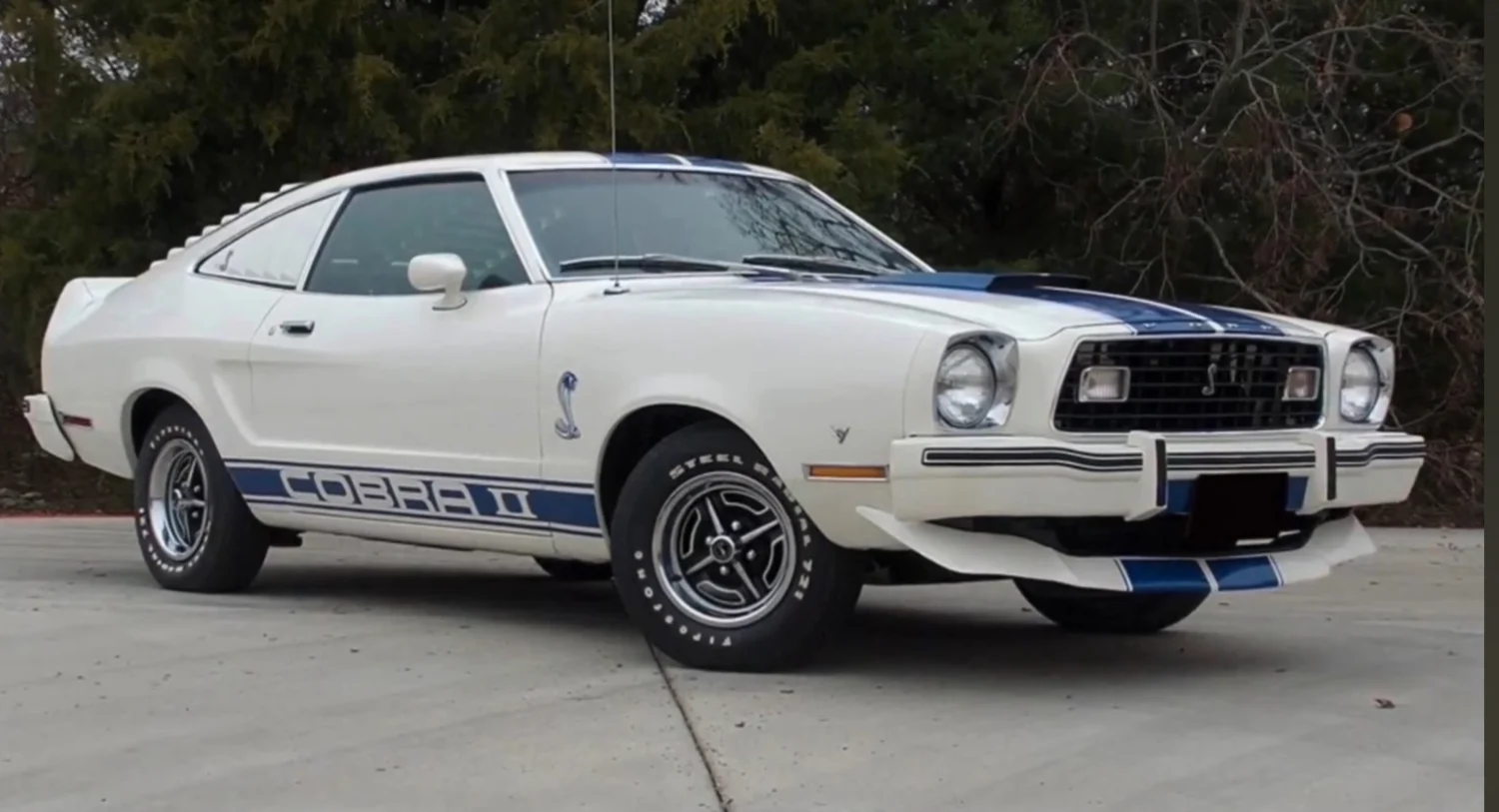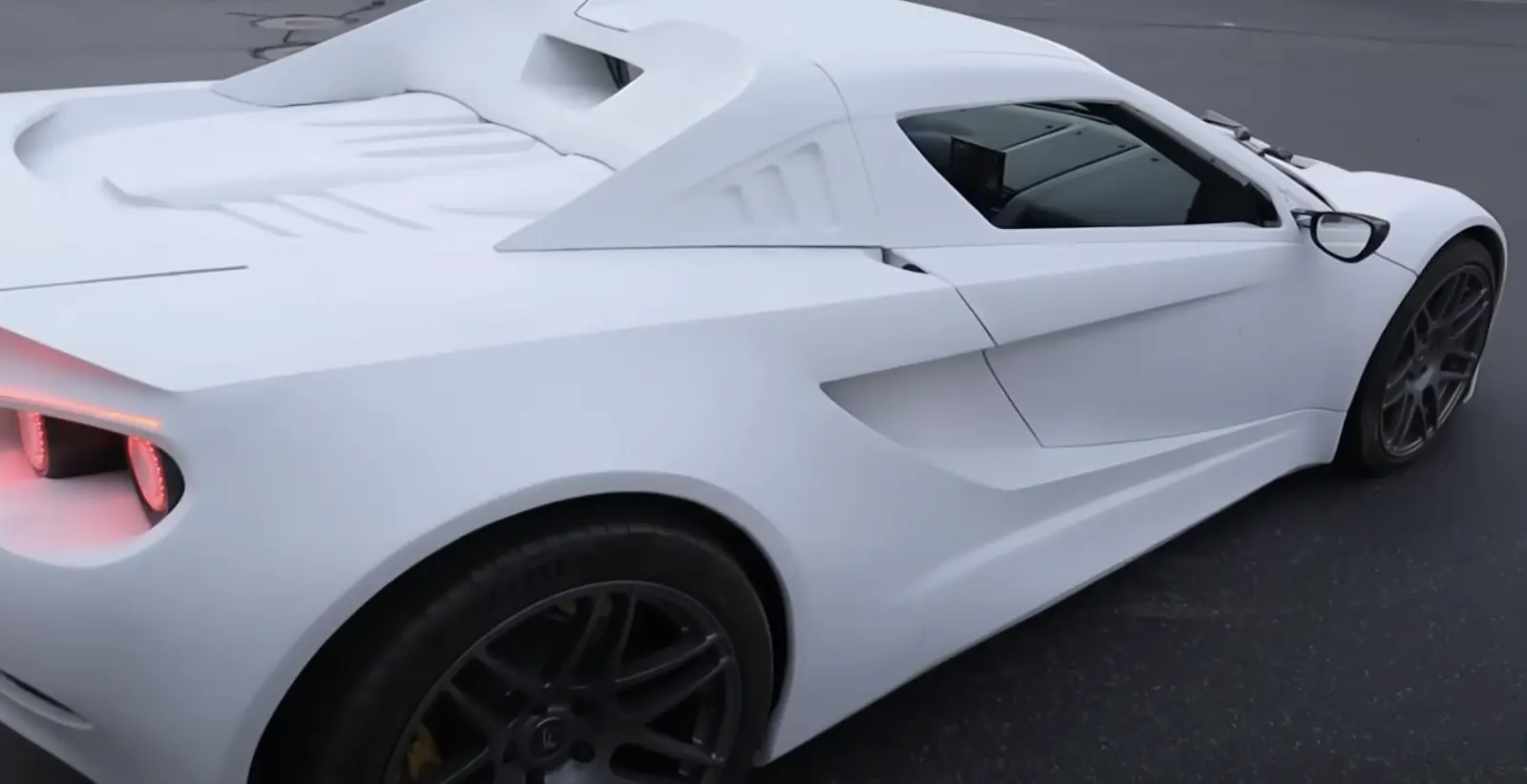My name is Tony and I love talking about the Ford Motor Company. Whether it’s diving into the history of iconic vehicles, exploring engineering milestones, or sharing personal automotive stories, I’m passionate about all things Ford. If you’re interested in this kind of content, you can check me out on YouTube sometime for more in-depth videos. For now, let’s get into one of the most talked about cars in Ford’s history—the Ford Mustang II.
This car, produced from 1974 to 1978, carried the torch for the Mustang name through a challenging era. While it’s often dismissed or criticized today, the Mustang II played a crucial role in shaping the future of the Mustang lineup. Let’s explore its story and uncover why it deserves more respect than it gets.
A Redesign with Purpose
By the early 1970s, the Ford Mustang had strayed far from the sporty and compact design that Lee Iacocca envisioned when the car debuted in 1964. As the newly appointed President of Ford Motor Company in 1970, Iacocca immediately ordered a redesign. The Mustang of the time had grown larger, heavier, and less aligned with its original pony car identity.

Iacocca wanted a smaller, more efficient Mustang. Initially, Ford planned to base the new model on the Maverick platform, another car Iacocca had brought to market. However, those plans were scrapped, and instead, the Mustang II was built on the Ford Pinto platform. This decision would influence both the car’s strengths and its controversies.
The Launch of the Mustang II
The Mustang II was unveiled on September 21, 1973, as a 1974 model. The timing of its release was pivotal. Just weeks later, the OPEC oil embargo caused gas prices to soar, reshaping consumer demand. Buyers were now seeking smaller, more fuel-efficient vehicles, and the Mustang II arrived just in time to meet these needs.
Compared to its predecessor, the Mustang II was 19 inches shorter, 4.7 inches narrower, and up to 330 pounds lighter. It was even smaller than the original 1965 Mustang. These changes reflected the practical priorities of the era, trading raw performance for fuel efficiency and accessibility.

The Mustang II was designed with a focus on affordability, versatility, and style. It offered a range of models, trims, and features to appeal to a broad audience:
Models and Trims
- Base Hardtop
- Ghia: A luxury-focused trim with a vinyl roof, plush interior, and wood-grain accents.
- 2+2 Hatchback
- Mach 1: The performance-oriented option, featuring a V6 engine and sporty design elements.

Engine Options
- Base: A 2.3L four-cylinder engine delivering 88 horsepower.
- Optional: A 2.8L V6 producing 105 horsepower.
- In 1975, a 302 V8 rated at 140 horsepower was added to the lineup, offering improved performance.
Features
Standard features included rack-and-pinion steering, front disc brakes, and a well-equipped interior with real gauges and a tachometer. Buyers could further personalize their Mustang II with a variety of options, ranging from luxury trims to sporty add-ons.
Special Editions and Packages
Over its five-year production run, the Mustang II introduced several distinctive editions and packages:
- Ghia Luxury Package: Added upscale European-inspired styling and comfort.
- Cobra II (1976–1978): A flashy appearance package with racing stripes, spoilers, and aggressive styling.
- King Cobra (1978): A bold, limited-edition model featuring striking decals, a chin spoiler, and fender flares, available exclusively with a V8 engine.
Performance and Reception
While the Mustang II’s design and customization options resonated with many buyers, its performance often fell short of expectations. Reviews from Car & Driver and Consumer Guide noted its handling issues, attributed to poor weight distribution and limited power.
For example, a 1974 Mach 1 equipped with a V6 engine took 12.2 seconds to reach 60 mph, a far cry from the sporty image of earlier Mustangs. Even with the reintroduction of the V8 in 1975, the car struggled to deliver the kind of performance Mustang enthusiasts craved.


Despite mixed reviews, the Mustang II was a commercial success. It was named Motor Trend’s Car of the Year in 1974, and Ford sold more than 296,000 units that year alone. Over its five-year production run, total sales surpassed 1 million units. These figures highlight its appeal during a time when practicality and affordability were top priorities for car buyers.
Cultural Impact
The Mustang II wasn’t just a car; it became a part of pop culture. The Cobra II, in particular, gained fame as the vehicle driven by the stars of the hit TV series Charlie’s Angels. Its flashy stripes and bold styling made it a standout on screen and further cemented its place in automotive history.
While the Mustang II is often overshadowed by its predecessors and successors, its importance cannot be overstated. It kept the Mustang name alive during a difficult period marked by rising fuel prices and stricter emissions standards. Without the Mustang II, the development of the 1979 Fox Body Mustang might never have been possible.
An Underrated Milestone

The Ford Mustang II may not have been a performance powerhouse, but it was a product of its time, designed to meet the challenges of a changing market. For Lee Iacocca and Ford Motor Company, it was a strategic success, selling over 1 million units and keeping the Mustang brand alive.
For enthusiasts, it’s a reminder that every chapter in the Mustang’s history—whether celebrated or criticized—has played a role in shaping the legacy of this iconic car. If you’re interested in learning more about the next phase of the Mustang’s evolution, check out the story of the Fox Body Mustang, spanning from 1979 to 1993.





